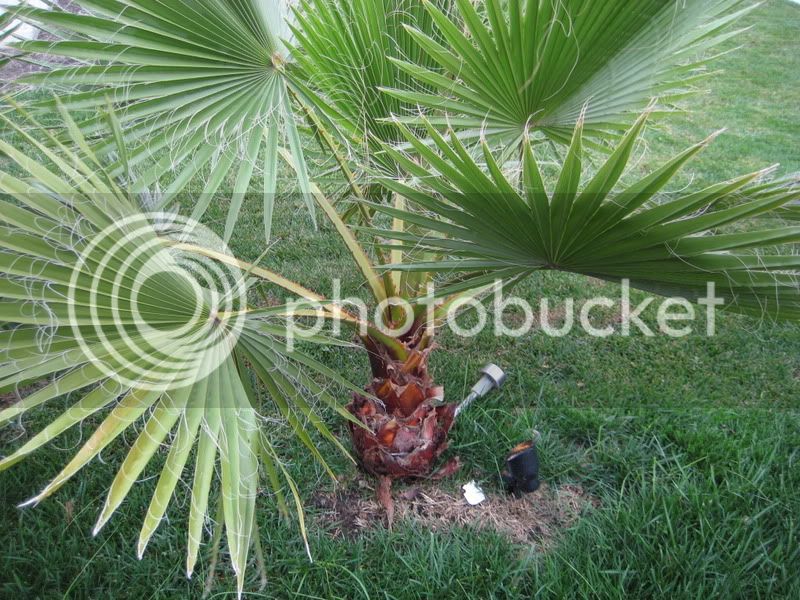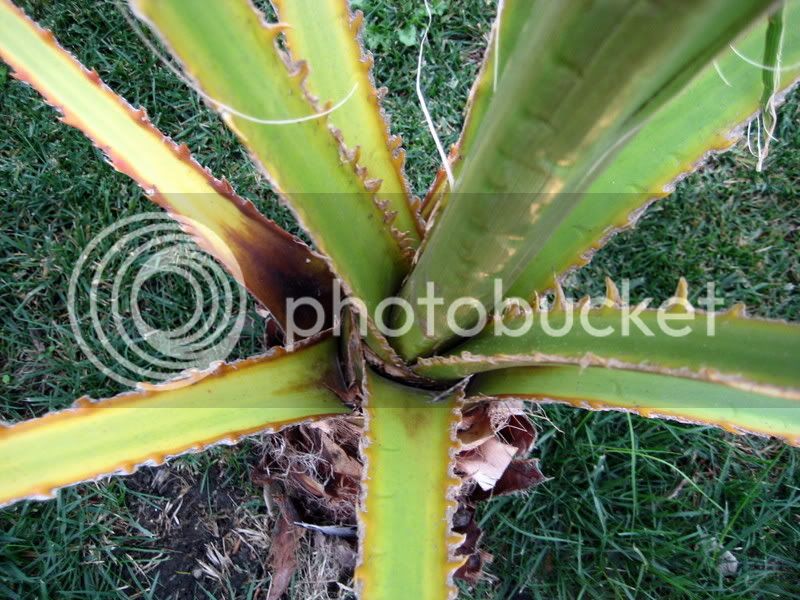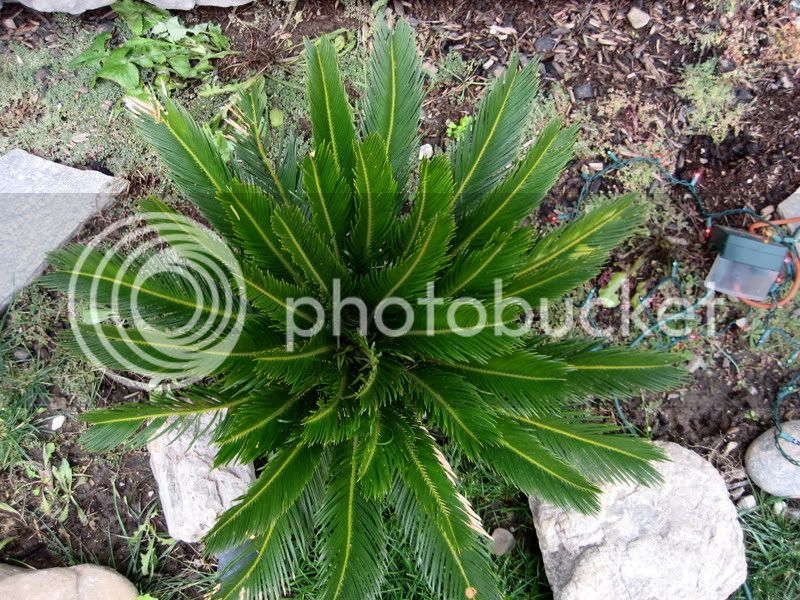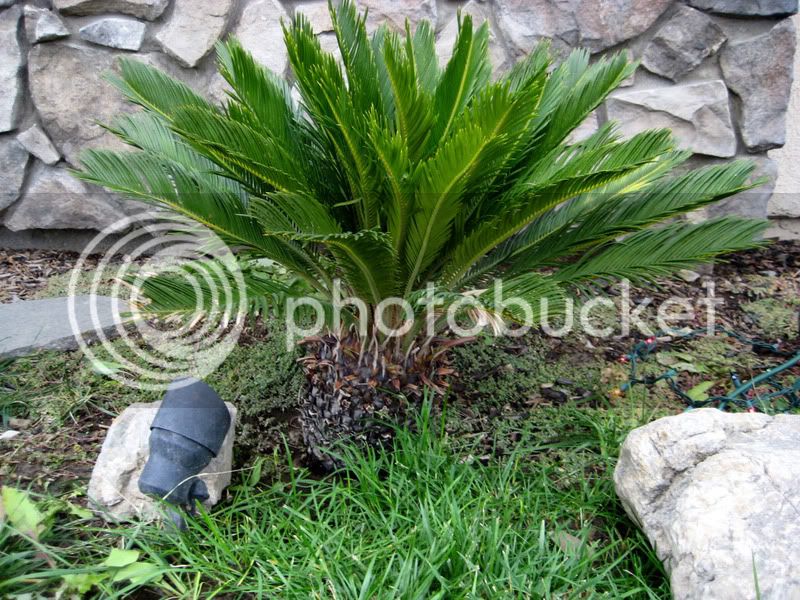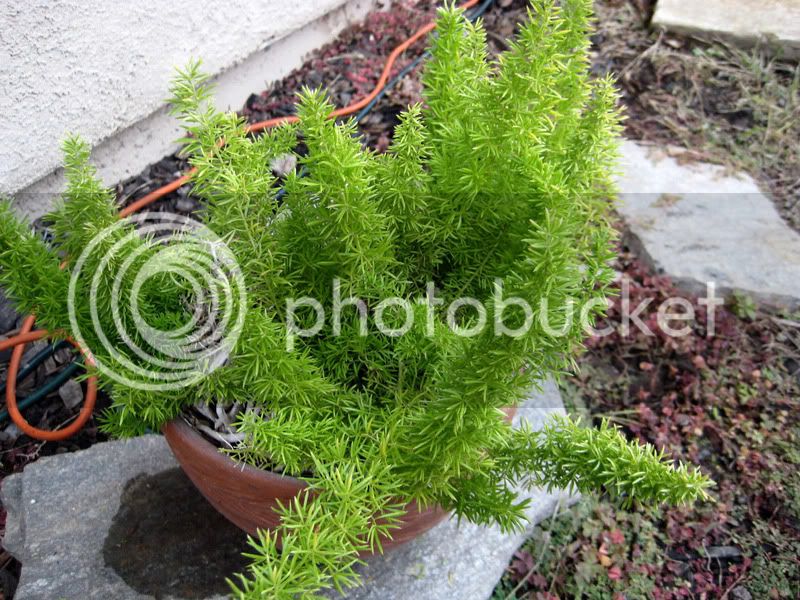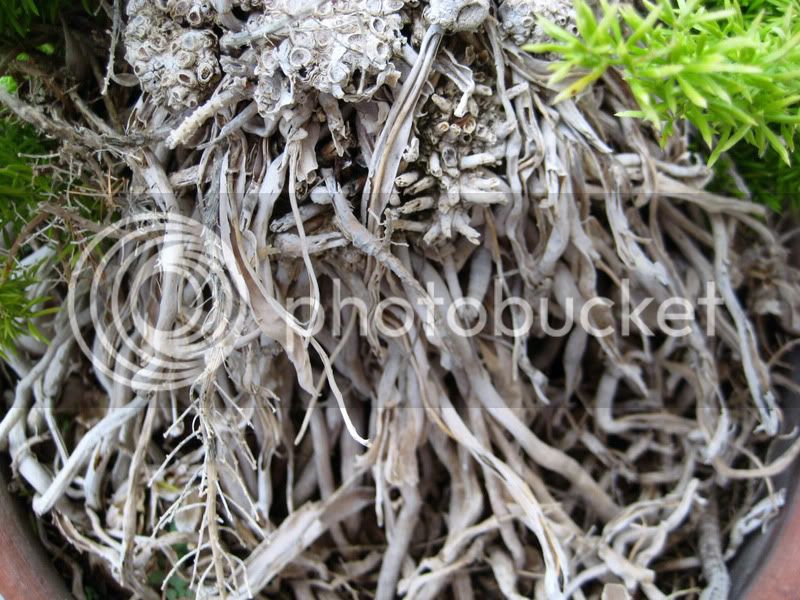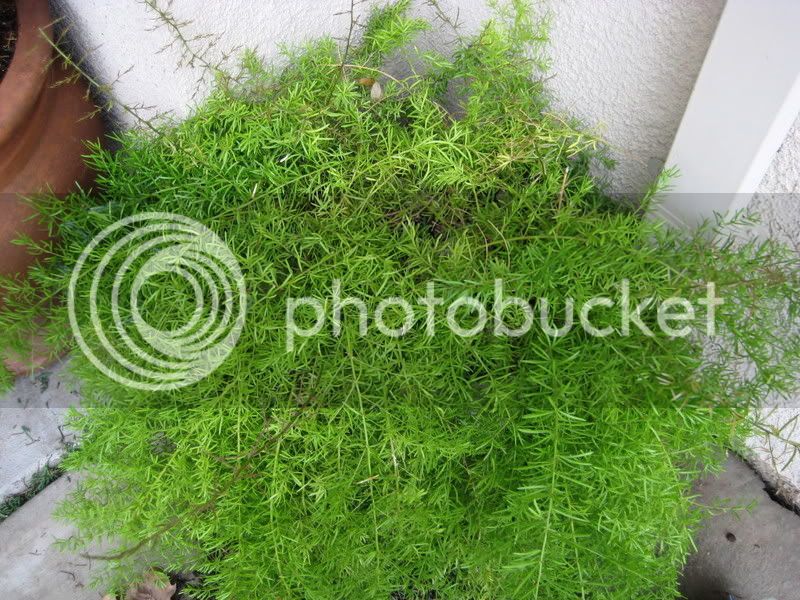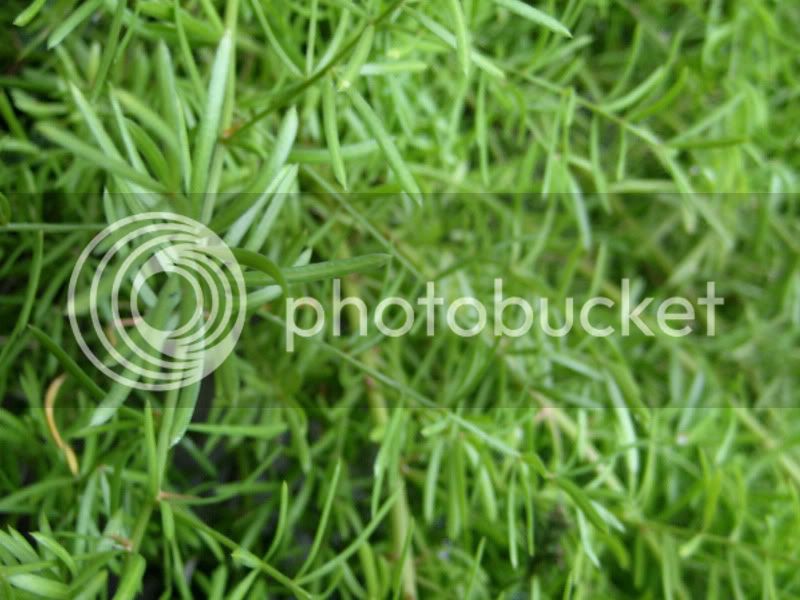There are a few things on the last two pages that need correcting or clarifying. Part 1...
Potash is the element potassium (K), which is just behind nitrogen in terms of amount founding plants. The ash remaining from burning plants is often rich in potassium as it does not form gaseous compounds as readily as other major minerals in plants do. Application via a balanced fertiliser in the recommended strength for the given plant species allows for more accurate dosage then ash from a fire.
It is a myth that potassium (or potash) will initiate flowering. It does, however, have many important functions such as water and solute transfer, maintenance of osmotic balance and the activation of a wide range of plant hormones.
Ethylene is a plant hormone. It has numerous functions in the plant body. Mature fruit such as apples, oranges, pears, avocadoes, mangoes and bananas, produce ethylene which causes the fruit to ripen. This is utilised commercially by picking fruit that is mature but not ripe (still green) and holding and transporting then in cold storage – which inhibits ethylene production. This also allows the handling and packing of fruit without bruising it. The fruits are then gassed with ethylene in a sealed room, prior to sale at the market. This provided fruit of relatively even ripeness and therefore less wastage.
Ethylene has been shown to initiate flowering in Bromeliads but has the opposite effect of inhibiting flower production in most plants. I cannot locate a list, unfortunately.
One of ethylene’s effects is that it breaks dormancy. So never store your bulbs in the fridge where they might be directly exposed to apples, pears or other fruit. An air-tight container will ensure they stay dormant.
Blue





